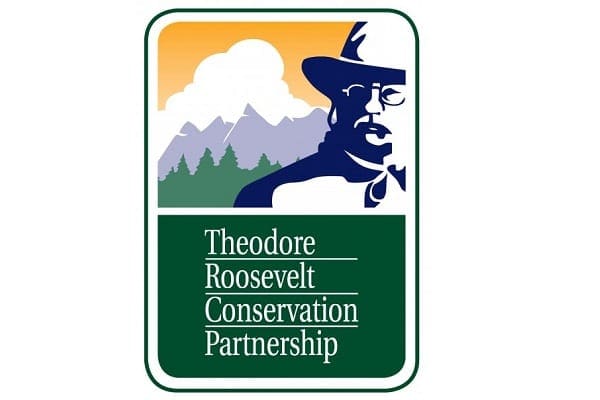40% of Colorado’s Most Important Elk Habitat Is Affected by Recreational Trail Use

New analysis shows extent of overlap and highlights opportunities for responsible recreation management
Denver, Colo. – Today, the Theodore Roosevelt Conservation Partnership revealed a new analysis showing that 40 percent of the most important Colorado elk habitat is affected by trail use and proposed sensible management options to facilitate sustainable recreation and enduring conservation of Colorado’s big game animals.
“This analysis is meant to facilitate conversation and provide useful information so that land managers and outdoor recreationists can more effectively conserve iconic big game species like elk, while also enjoying high-quality recreation opportunities,” said Liz Rose, the Colorado field representative for TRCP. “Outdoor recreation is a cornerstone of Colorado’s economy and central to the identity of our state, and this is one of the reasons why science-based management of our natural resources—wildlife among them—is so critical.”
The analysis unveiled today is informed by a growing body of research showing the degree to which different types of recreational trail use displace elk from otherwise suitable habitat. This information, utilized in conjunction with data representing motorized and non-motorized trails from the COTREX database, suggests that more than 8 million acres of Colorado’s most important elk habitats could be considered avoidance areas for elk, given their well-documented flight response to recreationists.
Displaced elk could face population declines, and this means fewer opportunities for hunters and wildlife watchers alike. You can view a summary of this analysis and maps depicting its findings here and read why this data is important to sportsmen and sportswomen here.
To ensure that important habitats remain connected and usable for elk and other big game animals, the TRCP has proposed the following:
- Avoid the highest-priority elk habitats when planning recreation infrastructure, wherever possible.
- Limit motorized and non-motorized road and trail use during certain times of year when elk or other big game animals are present, if avoiding important habitat is not possible.
- Limit the density of motorized and non-motorized roads and trails in important habitats where these time-of-use restrictions aren’t practical.
The TRCP’s analysis comes one year after the Colorado Department of Natural Resources and Colorado Department of Transportation published recommendations for conserving important big game habitats and populations that highlighted the need to improve recreation planning and coordination across jurisdictions. The departments also recommended directing recreational pressure away from the most important big game habitats and maintaining low route densities in high-priority habitats.
Currently, the Colorado Bureau of Land Management is deciding whether to include recreation among those factors considered in the scope of its Big Game Resource Management Plan Amendment, which will guide land-use planning efforts to conserve big game animals like elk on public lands across the state. Sportsmen and sportswomen have been encouraging the BLM to utilize the latest science and consider all relevant factors in this process, including impacts on big game from trail-based recreation. The TRCP recently launched an online advocacy tool that allows Coloradans to message the BLM in support of these priorities
“The challenges that our wildlife face in the future will not necessarily be the same as those they faced 50 or 100 years ago, and the science is clear that trail-based recreation is having an impact in Colorado and across the western United States as record numbers of Americans are enjoying the outdoors,” said Madeleine West, director of TRCP’s Center for Public Lands. “If we can raise awareness about the issue and bring together stakeholders to work toward collaborative solutions, there’s no reason we can’t enjoy the best of both worlds in terms of doing what’s best for wildlife and providing abundant outdoor opportunities, all while growing our outdoor recreation economy.
Founded in 2002, the TRCP is the largest coalition of conservation organizations in the country, uniting and amplifying the voices of sportsmen and women by convening hunting and fishing groups, conservation organizations, and outdoor businesses to a common purpose.

